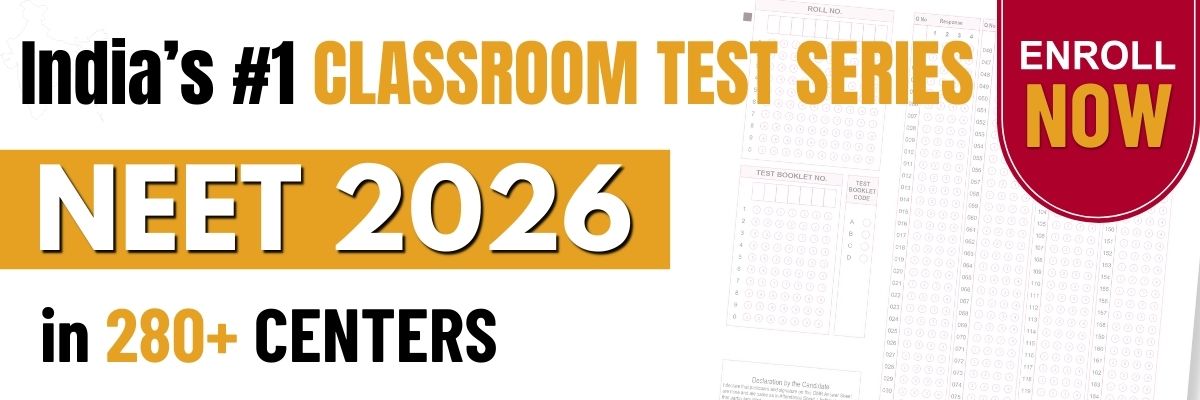Work done during the given cycle is:

1. 4
2. 2
3.
4.

1. 4
An ideal gas goes from \(A\) to \(B\) via two processes, \(\mathrm{I}\) and \(\mathrm{II},\) as shown. If \(\Delta U_1\) and \(\Delta U_2\) are the changes in internal energies in processes \(\mathrm{I}\) and \(\mathrm{II},\) respectively, (\(P:\) pressure, \(V:\) volume) then:

| 1. | \(∆U_1 > ∆U_2\) | 2. | \(∆U_1 < ∆U_2\) |
| 3. | \(∆U_1 = ∆U_2\) | 4. | \(∆U_1 \leq ∆U_2\) |
The pressure-temperature \((P\text-T)\) graph for two processes, \(A\) and \(B,\) in a system is shown in the figure. If \(W_1\) and \(W_2\) are work done by the gas in process \(A\) and \(B\) respectively, then:

| 1. | \(W_{1}=W_2\) | 2. | \(W_{1}<W_2\) |
| 3. | \(W_{1}>W_2\) | 4. | \(W_{1}= - W_2\) |
1. \(5:3\)
2. \(5:2\)
3. \(1:1\)
4. \(5:7\)
In the cyclic process shown in the pressure-volume \((P-V)\) diagram, the change in internal energy is equal to:
1.
2.
3.
4. zero

1. \(V_1= V_2\)
2. \(V_1> V_2\)
3. \(V_1< V_2\)
4. \(V_1\ge V_2\)
\(0.04\) mole of an ideal monatomic gas is allowed to expand adiabatically so that its temperature changes from \(800~\text{K}\) to \(500~\text{K}.\) The work done during expansion is nearly equal to:

| 1. | \(129.6~\text J\) | 2. | \(-129.6~\text J\) |
| 3. | \(149.6~\text J\) | 4. | \(-149.6~\text J\) |
The efficiency of an ideal heat engine is less than \(100\%\) because of:
| 1. | the presence of friction. |
| 2. | the leakage of heat energy. |
| 3. | unavailability of the sink at zero kelvin. |
| 4. | all of these. |
The first law of thermodynamics is based on:
| 1. | the concept of temperature. |
| 2. | the concept of conservation of energy. |
| 3. | the concept of working of heat engine. |
| 4. | the concept of entropy. |
Find out the total heat given to diatomic gas in the process \(A\rightarrow B \rightarrow C\): \(( B\rightarrow C\) is isothermal)

1. \(P_0V_0+ 2P_0V_0\ln 2\)
2. \(\frac{1}{2}P_0V_0+ 2P_0V_0\ln 2\)
3. \(\frac{5}{2}P_0V_0+ 2P_0V_0\ln 2\)
4. \(3P_0V_0+ 2P_0V_0\ln 2\)





